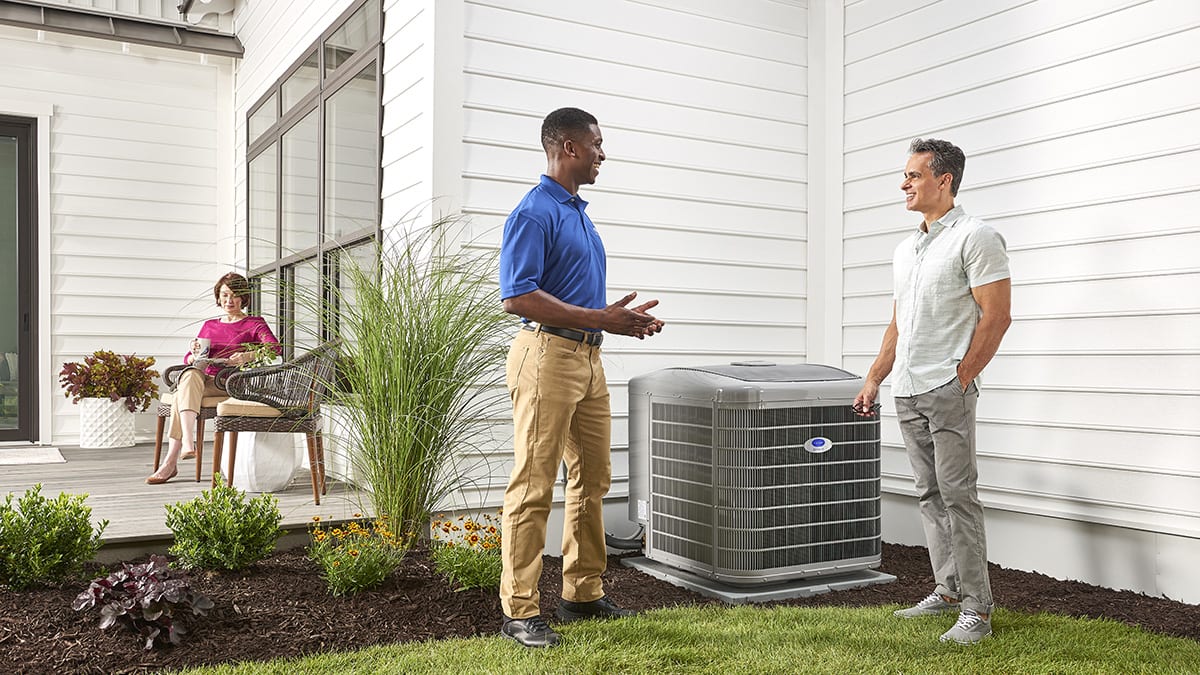HVAC Education, Buying Tips, Indoor Air Quality, UV Lamps
Does UV Light Kill Mold and Bacteria?
By Travis Baugh
When it comes to mold and bacteria, finding effective removal methods is crucial. One method gaining attention is the use of UV light. But does UV light kill mold and bacteria on surfaces? Let's explore this question and understand how UV light works in mold removal.

Understanding UV Light
UV light, or ultraviolet light, is a type of electromagnetic radiation invisible to the human eye. It is categorized into three types based on wavelength: UV-A, UV-B, and UV-C. UV-C light is the most effective when it comes to eliminating mold and bacteria.
UV light works by damaging the DNA and RNA of microorganisms, preventing them from reproducing and ultimately killing them. When exposed to UV-C light, mold spores and bacteria are unable to multiply and spread, leading to their elimination.
Learn more about what are UV lamps and how do they work.
Does UV Light Kill Mold?
Find yourself wondering "does UV light kill mold?" UV light, particularly UV-C light, can effectively kill mold. UV-C light disrupts the DNA of mold spores and prevents them from reproducing, thereby killing them. This method is commonly used in HVAC systems with UV lamps to inhibit mold growth on coils and within ducts.
Here are the key advantages of using UV light over other methods:
- Efficiency and effectiveness: UV light has been proven to be highly effective in killing mold. When exposed to UVC light, mold spores are unable to reproduce, leading to their destruction.1 This method ensures thorough elimination of mold, even in hard-to-reach areas.
- Non-toxic and chemical-free: Unlike some traditional mold removal methods that involve the use of harsh chemicals, UV light is a chemical-free alternative. This makes it a safer option for both residents and the environment, minimizing the risk of harmful exposure.
- Continuous prevention: In addition to eliminating existing mold on coil surfaces, UV light can also help prevent future mold growth. By installing UV light systems, especially in geographic areas prone to mold, such as humid environments, the UV lights installed in the HVAC system inhibit mold spore reproduction, effectively reducing the chances of a mold recurrence.

Does UV Light Kill Bacteria?
UV light has been proven to be highly efficient and effective in killing bacteria. When bacteria are exposed to UV light, it damages their DNA and prevents them from reproducing, ultimately leading to their death. This makes a UV light installed as part of a heating and cooling system an excellent tool for reducing bacteria on surfaces and creating a clean and healthy environment.
One of the key advantages of using UV light over other methods is its non-toxic nature. Unlike chemical disinfectants, UV light does not leave behind any harmful residues or require the use of harsh chemicals. This makes it safe for use in residential settings, where the health and well-being of occupants is a top priority.
Additionally, UV light can reach areas that may be difficult to clean or access using traditional cleaning methods. While it cannot go around obstacles, where the light shines it can penetrate crevices, corners, and other hard-to-reach spots, ensuring thorough disinfection and preventing bacteria from hiding and regrowing. Carrier evaporative coils have preset install location knockouts to make it easier for installers to get the maximum coverage on the coil from the UV light.

Connect With Your Carrier Dealer on an HVAC UV Light
At Carrier, we understand the importance of maintaining a clean and healthy home environment. That's why we offer UV light systems as part of our indoor air quality solutions. Our UV light systems are designed to target and destroy mold and bacteria, ensuring a healthier living space for you and your family. Our UV light systems are easy to install and integrate seamlessly into your existing HVAC system, ensuring maximum coverage and efficiency. Have HVAC questions other than "does UV light kill mold?" Schedule a consultation with your local Carrier dealer about the best indoor air quality solution for your home.
Obtenez le confort Carrier dans votre maison
Frequently Asked Questions About UV Lights
Yes, HVAC UV lights are designed to kill mold and other microorganisms by emitting ultraviolet light that disrupts their DNA. Installed within the HVAC system, usually near the evaporator coil or air handler, these UV lights target mold and bacteria, preventing them from spreading through the air. Regular use of UV lights can improve air quality and reduce mold buildup on surfaces, enhancing system efficiency and helping maintain a cleaner, healthier indoor environment.
UV light can help reduce mold growth in a crawl space, but it may not fully eliminate it. Mold in dark, hidden areas may not be effectively reached by UV light, and long exposure is needed for significant results. Proper ventilation and moisture control are key.
Yes, some molds can fluoresce under UV light, appearing as green, blue, or white spots. However, not all mold types do, so it depends on the species. UV light can help identify mold in certain situations but may not reveal all types.
UV light can kill fungus in minutes to hours, depending on factors like intensity, exposure time, and the type of fungus. High-intensity UV-C light is most effective, but prolonged exposure is typically required for complete eradication.
Learn More About HVAC UV Lights
- Using a UV lamp with a furnace
- Learn about UV lights for air conditioners

